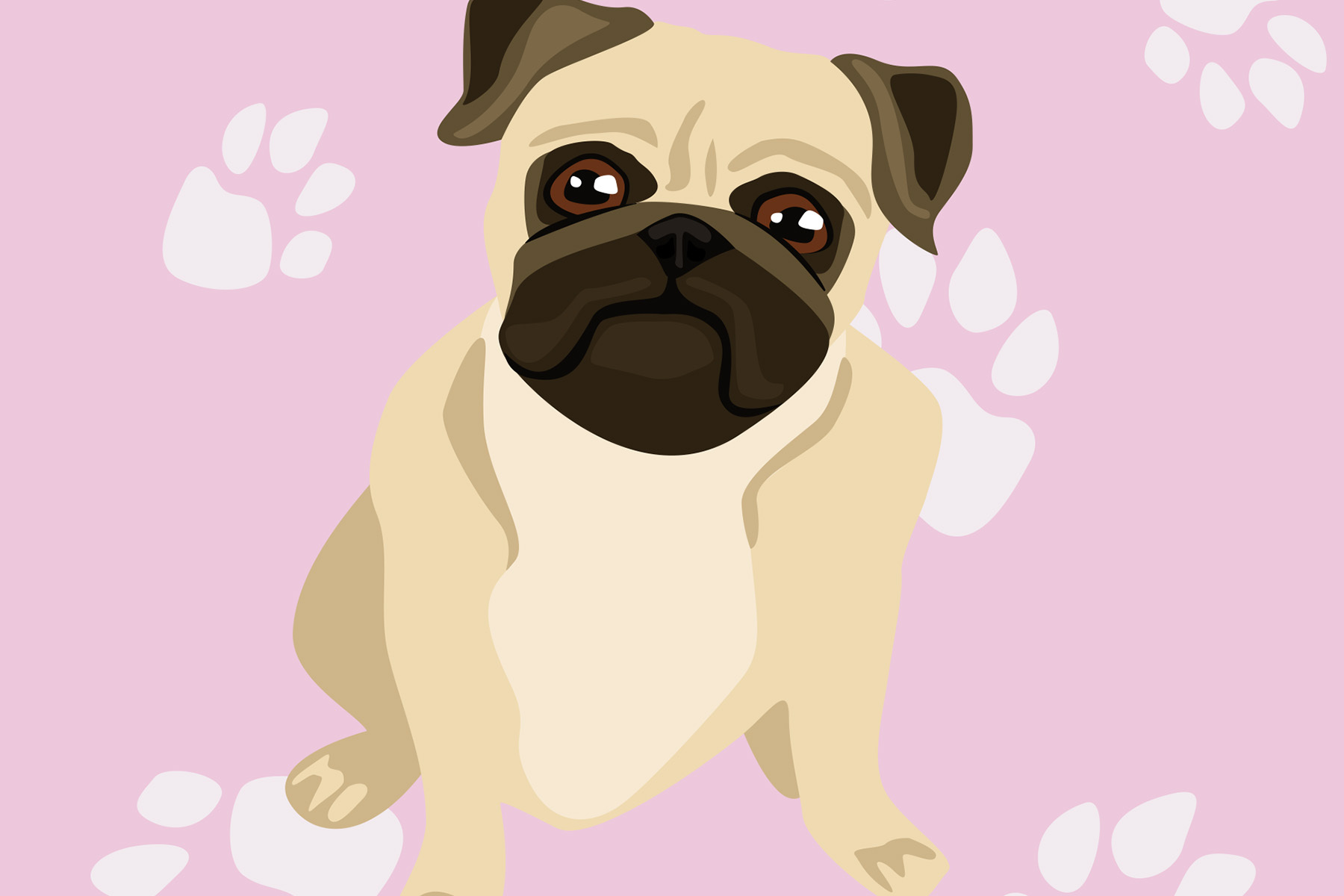All types of dogs are the same species. Technically, this makes sense. Regardless of breed, any two kinds of dog could theoretically breed, and they all supposedly share a common ancestor. All iterations of our dear Canis lupus familiaris are conveniently gathered under one handy title. When you think about it, though, isn’t that kind of weird? The spotted towhee and the eastern towhee, two nearly indistinguishable kinds of New World sparrow, are entirely different species. The same is true with the European toad and the American toad. What makes dogs, with such a diverse range of looks and breeds, so special?
Selective breeding is the key. If certain genetic variations present themselves, and if those traits are viable to be passed down through generations, then you have an entirely new subset of dog. Selective breeding is evident in all domesticated animals. In dogs, these traits can be chosen for a function, like hunting or tracking, or — more interestingly — for their unique aesthetics.
No dog is more exemplary of these aesthetic preferences than the pug. An instantly recognizable breed, the ever-popular stubby-legged pug wins hearts with its short snout and vacant expression. The breed is thought to have originated in China as a pet for upper-class citizens, though today, the pug has reached a status of global stardom.
What makes these dogs so popular? Maybe it’s the way that their little snouts wrinkle into their faces, or their small curly tails, or their signature wheezy pug grunt. Their floopy faces make for great viral video fodder. They’ll fit right on your lap for a cuddle. It’s easy to see what draws people time and time again to these pets. The American Kennel Club similarly adores the breed, ranking the pug 28th most popular out of 192 breeds — not a bad number at all.
Unfortunately, the pug’s beloved presence in homes worldwide is often accompanied by more than what owners initially bargain for. The health of pugs is notoriously poor, and not by coincidence. As they are, pugs are very compact creatures. All of their physical aspects are shorter than those of many of their fellow dogs. This includes their snouts, which are notably pressed very closely into their faces. This creates the lovable pug wrinkles, but its health implications stretch far and wide.
The expected 15-year life span of a pug can be cut short by respiratory issues. Since their snouts are so close to their faces, they have a difficult time breathing, causing the signature pug wheeze. This not only deprives a pug of oxygen but makes it harder for them to move around and exercise as much as other dogs might. Pugs are not as active as other dogs, due not only to their respiratory issues but their little legs. In fact, hip dysplasia is a common issue among these dogs, as well as issues surrounding their spine and joints.
Moreover, the nervous system of a pug can be volatile. Pug dog encephalitis, named after the breed, can cause neurological issues including seizures, blindness and trouble walking properly. Though this condition is not exclusive to pugs, it is regularly found in them and is perhaps a result of certain genetic disorders.
Owners might not be prepared for this sudden onset of issues after adopting their pet. Many issues become more advanced as a dog gets older, and treating them can be expensive. This process of treatment is taxing on both the owner and the dog, and it’s easy to feel as though your dog’s suffering is only being prolonged. If owners are unable to meet these needs, these dogs are sent to shelters or abandoned.
The pug has looked much the same throughout its extensive history and has thus faced many of the same health problems for over two millennia. However, while an abundance of breeders and a desire for a certain look become more common, the pug is jettisoned into an inevitable fate. Dog competitions and breeders seek out the highest caliber of puggish excellence, and this can mean choosing traits that are not beneficial to the animal’s long-term well-being.
This is a problem that is widespread across competitive dog show culture, and the need for a certain aesthetic can drive up strains and health complications. It’s generally accepted that purebred dogs tend to be less healthy than mutts for this exact reason. Selective breeding, while it might favor certain traits, can disregard other, more natural ones. While natural evolution is intended to extend longevity and allow for an organism to best adapt to and survive in its environment, selective breeding is generally not. Pugs are, essentially, the culmination of centuries of intentional physical deformity.
What does this mean for the future of the pug? Will its popularity expand even further, or will its health issues ultimately dissuade potential customers? If the numbers are anything to go by, it doesn’t seem like pugs will lose their place in the spotlight anytime soon. Despite their health problems, pugs are sweet and docile dogs, great with children and people who are less inclined toward an active dog.
If you’re prepared for the complications that might accompany it, there’s no reason not to adopt one of these lovable pets, though adopting from a shelter is generally a better way to assure health and longevity than purchasing from a breeder. Adopting rather than buying from a breeder also ensures a forever home to a dog whose future might otherwise be uncertain — and every dog deserves a chance. There’s a time and place for dog breeding, but many generally recommend adoption.
In terms of health and wellness, the pug has been making small steps forward. As opposed to its traditional standard, some breeders are opting to seek out a more natural-looking dog. The changing breed standard, while not yet widespread, is making strides to breed a more healthy, happy pug. This pug has a longer snout, longer legs, and a more doglike structure while still retaining the distinct pug look. If our pugs are healthier, they’ll live longer, happier lives, and owners will be able to spend more quality time and snuggles with their beloved pet. It’s ultimately up to an owner to decide on whether to adopt a pug, but awareness and preparedness are, above all, key.

















